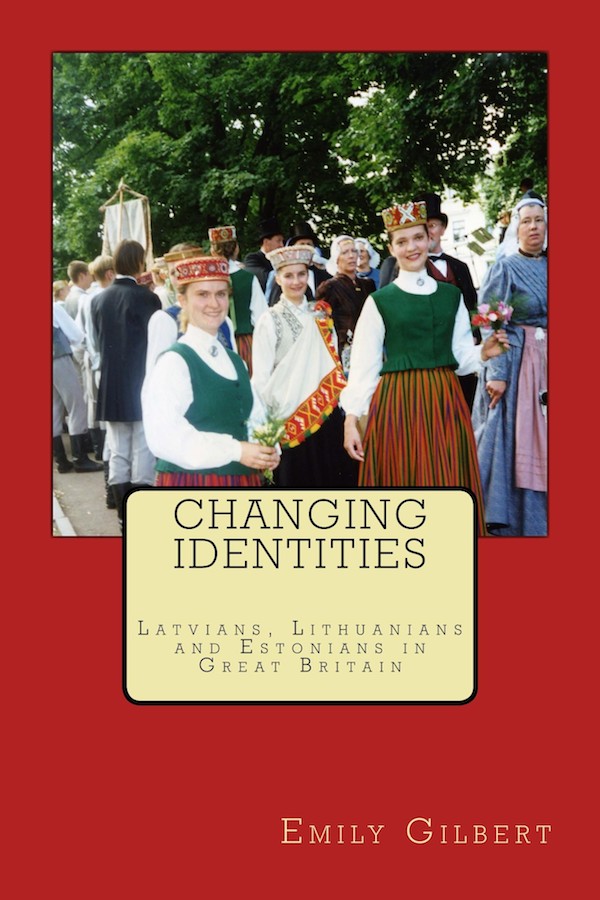As a child of Estonian parents who both came to the UK under the auspices of the above-mentioned schemes (my mother was a Baltic Cygnet my father was part of the ‘Westward Ho!' scheme in 1948), I wondered whether I would really learn anything new from Dr Gilbert's book.
To my surprise, I learnt that Estonians, Latvians and Lithuanians were at the top of the pecking order when it came to recruiting exiled Europeans to fill post-war labour shortages in the UK. I felt rather proud to learn that Baltic nationalities were regarded as excellent material for labour. In 1946, Baltic DPs were described as ‘of a very good type', ‘of good appearance and habits'; their standard of education was ‘good' and they were ‘of useful qualifications and of good health who would form a valuable addition to our manpower and a not undesirable element in our population.'
It was also interesting to discover that the British government hoped that the Baltic people would be assimilated into the British population quite quickly and smoothly as they were regarded as being to be not too dissimilar to the British with regard to work ethic, habits and outlook on life. Unlike other countries where Baltic refugees settled after World War II, Great Britain never supported Baltic communities financially as they did not want to encourage them to maintain their own culture and languages as this would detract from the assimilation process.
On a personal note, I would add that nearly 70 years later, this assimilation process has still not been successful as all three Baltic communities in the UK continue to maintain their own clubs, newspapers and cultural identity. As a second generation Estonian, I regard myself as being only half-assimilated as my husband and I speak Estonian, my third generation daughter speaks Estonian and we regard ourselves as both Estonian and British.
The author posits the idea that the strong national identity and cultural awareness of the Baltic peoples was forged during their time of exile in the DP camps in Germany. There was much leisure time available to the overwhelmingly youthful population of the camps which meant that many became actively engaged in the business of keeping up national culture and identity through activities such as choral singing, folk-dancing, production of own language newspapers and literature. This same sense of national pride and identity which was passed on to me as a child in the UK is maintained by me to this day and it is the reason why Estonians, Latvians and Lithuanians may have integrated into British society but have never assimilated.
The study concentrates much more on Latvians and Lithuanians than Estonians and the sample of interviewees is quite limited as the research concentrates on Baltic communities in the north of England (with the exception of Bedford). Nonetheless, much of Dr Gilbert's research rings very true – the depiction of life in the DP camps mirrors the stories recounted by my parents and their friends as do the descriptions of life as a Baltic Cygnet hospital worker in 1940s England. Dr Gilbert also paints an accurate and insightful picture of the cultural life of exiled Baltic communities.
The study is very detailed and, at times, repetitive, but it is an interesting read and I am delighted that someone has taken the trouble to document some of the hitherto largely untold stories of Baltic exiles in the UK.
Emily Gilbert's book is available from Amazon.com at a price of $15.65.
Reet Järvik
Editor of Eesti Hääl UK
Dr Gilbert wishes to extend her research by interviewing, via Skype or telephone, Baltic European Volunteer Workers who emigrated from the UK to Canada and Australia. Interested readers should e-mail her at emilygilbertuk@googlemail.com or write to her at 84 Westexe South, Tiverton, Devon, EX16 5DH, England.




